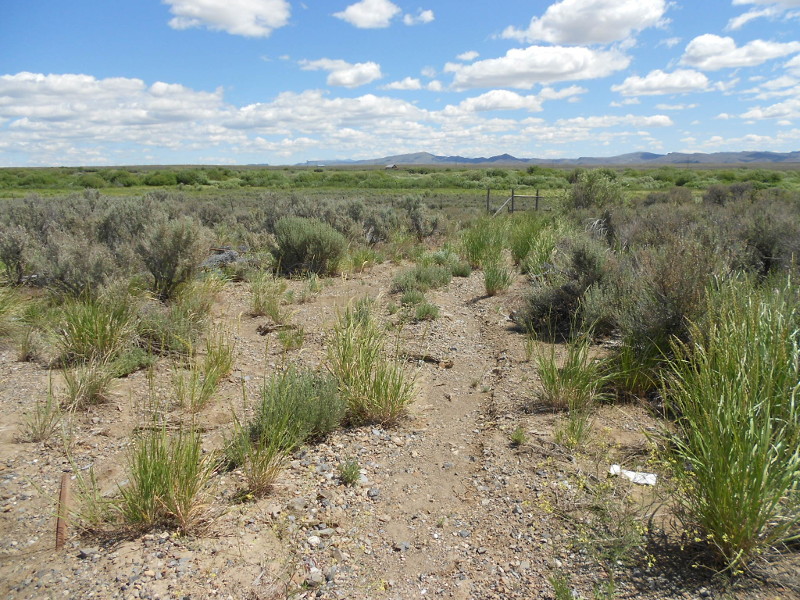| Categories: |
|---|
Estimated reading time: 3 minutes
Climate warming, unpredictable weather, and other factors that you cannot control could harm your business’s profitable sustainability.
Understanding environmental science and regulatory permits and compliance provide you with the knowledge and tools to quickly adapt to these changes.
Acting now is especially important because the future is uncertain and the present is constantly changing. Avoiding environmental permit compliance actions is much better than resolving them after they appear.
This commentary explains environmental science as it affects compliance with regulatory permit conditions and helps you defend against litigation alleging your operation adversely effects the natural environment.
Environmental regulatory science is the science applied to regulations implementing compliance with federal laws such as the Clean Water Act, Comprehensive Environmental Response and Liability Act, Endangered Species Act, National Environmental Protection Act and all the others. When your business or operation requires an environmental permit and compliance with permit conditions you need to understand how the regulators make decisions because you are directly affected by their decisions.
Environmental science is applied ecology, how plants and animals interact with their local environments, aquatic and terrestrial. These interactions are influenced by geography, terrain, geology, chemistry, and biology and observations and measurements are analyzed using models, primarily statistical, and interpreted using established ecological theories. Not only is environmental science complex but it’s not taught well.
There is always too little data available to regulators, primarily because most data are collected by permit holders complying with their permit conditions and these might require only one to four samples each year.
Environmental data differ from other types of data, such as business, financial, and economic. For example, chemical concentrations can never be negative and toxic metals and organic compounds are commonly present in very low concentrations, and often in such low concentrations that they cannot be detected or quantified. Biological data are counts, not continuous values, and their absence from observation or counting does not mean they are not present at that location, only that they were not observed or heard. These, and other differences mean that the models used to analyze them must be suitable for the data constraints.
Another factor in environmental regulatory science is the different needs of regulators and the regulated public.
Environmental regulations are supposed to address requirements of the laws and statutes to which they apply. Agency staffers don’t need to be chemists, biologists, or other field scientists because the agency has manuals that specify the specific steps and methods applied to making permitting and compliance decisions. Agency staffers, like all employees, act to maintain their employment so they focus on documenting compliance with the steps and actions specific to their jobs. How their actions and decisions affect your business or job is not their concern.
On the other hand, you are concerned with sustainability of your job, operation, or business. Costs, time, and effort are always limited and you don’t know all the details, agency politics, and personal agendas that influenced regulatory decisions.
The results of this conflict of interests can result in poor communications between you, the permit holder, and regulatory agency staff.
This work was originally published on the Applied Ecosystem Services, LLC web site at https://www.appl-ecosys.com/blog/prepare-for-change/
It is offered under the terms of the Creative Commons Attribution-NonCommercial-NoDerivatives 4.0 International license. In short, you may copy and redistribute the material in any medium or format as long as you credit Dr. Richard Shepard as the author. You may not use the material for commercial purposes, and you may not distribute modified versions.


